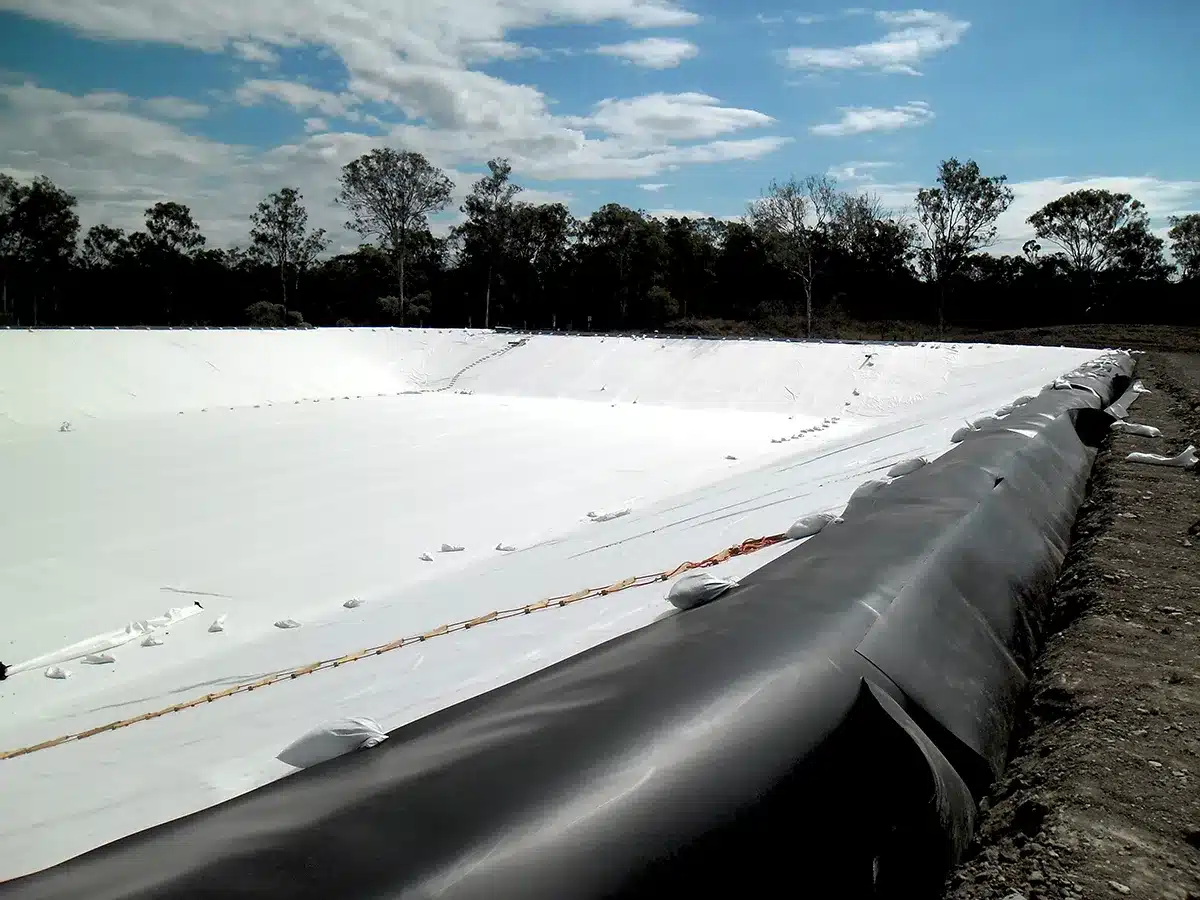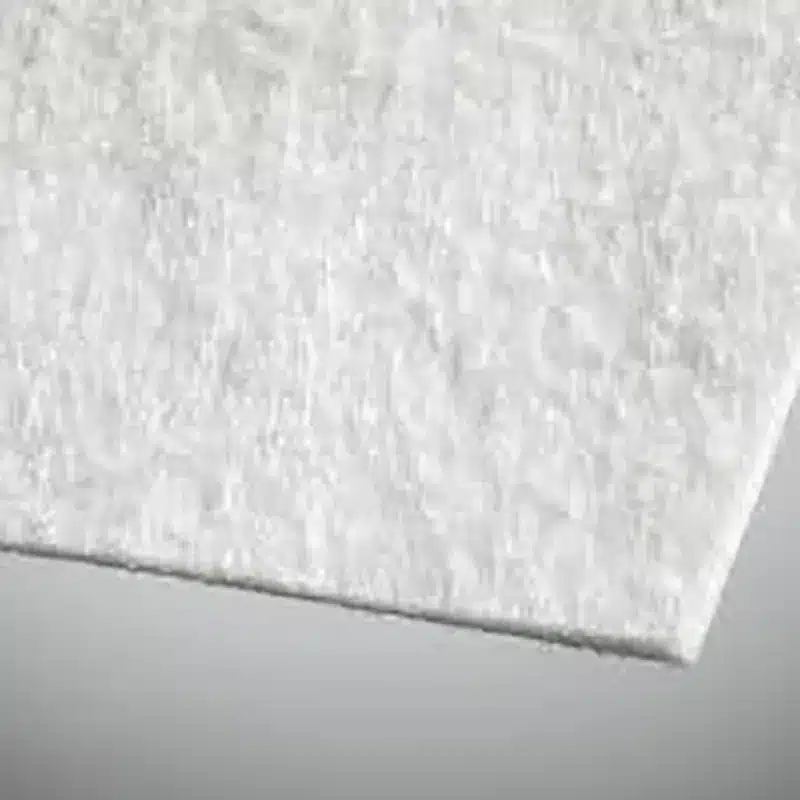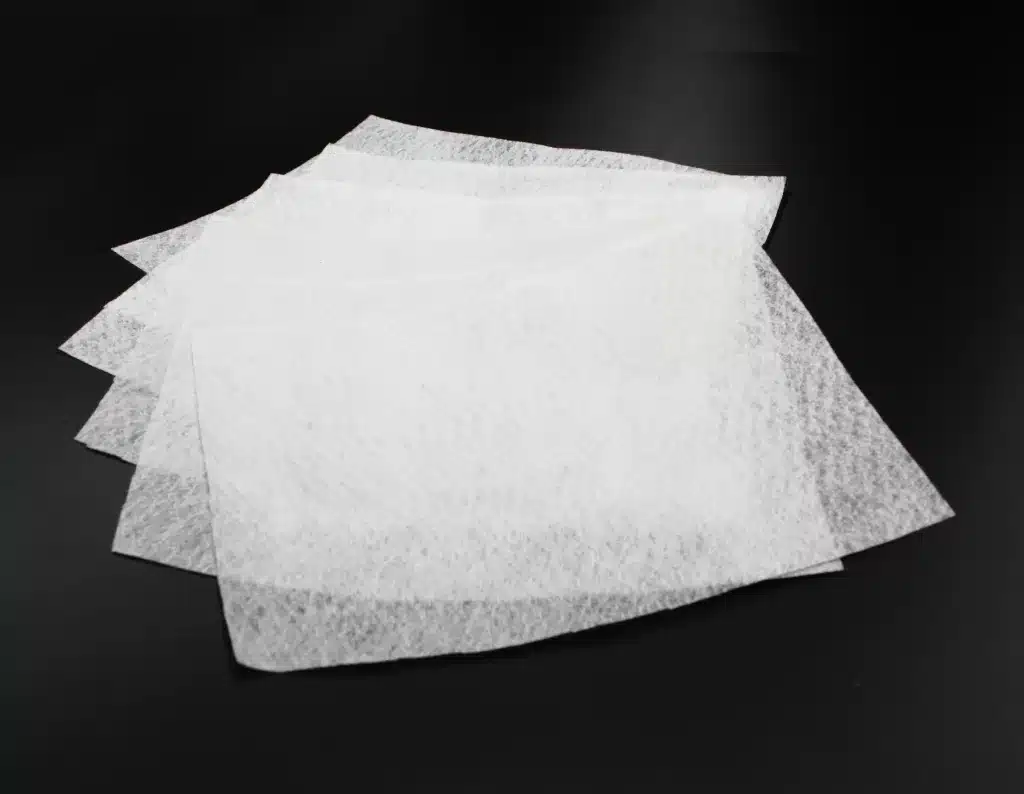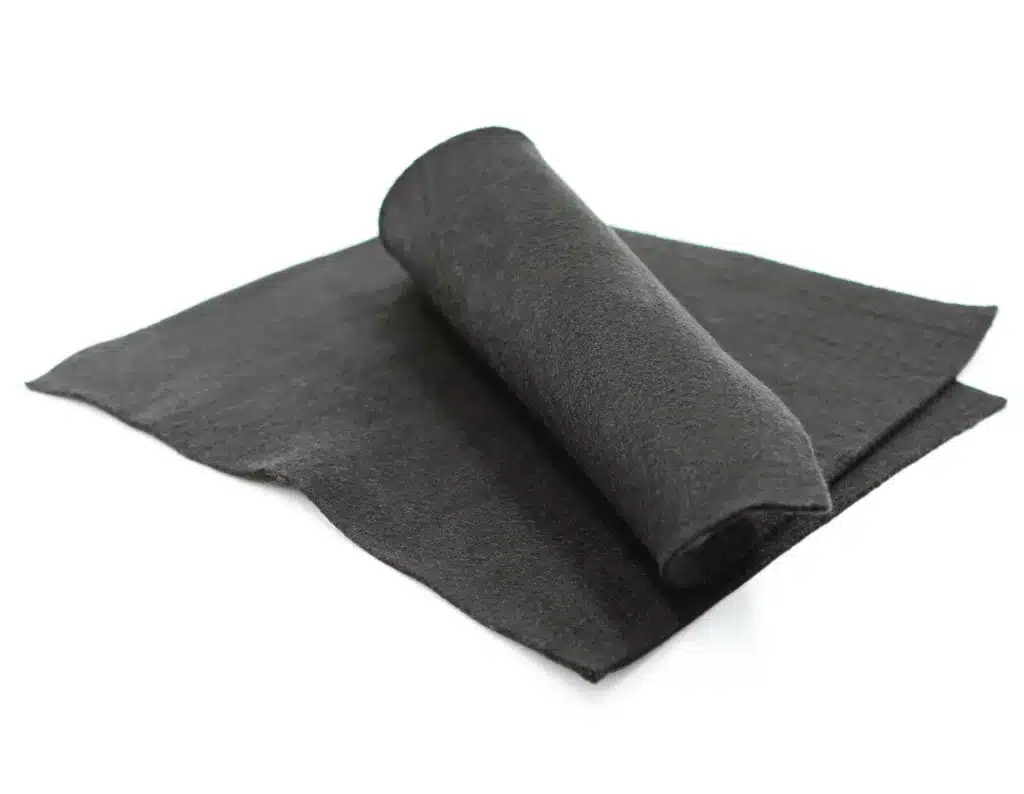Effective Erosion Control Solutions Near You: Understanding the Role of Geotextiles
Soil erosion is a pervasive issue that can cause significant damage to landscapes, infrastructure, and ecosystems. Fortunately, innovative solutions like geotextiles have emerged as effective means to control and prevent erosion. Commonly used in construction and environmental projects, geotextiles are permeable fabrics which, when used in association with soil, have the ability to separate, filter, reinforce, protect, or drain. This article explores how geotextiles work, their durability, and their applications in erosion control, particularly in local settings.
Do Geotextiles Prevent Soil Erosion?
Yes, geotextiles are specifically designed to prevent soil erosion. These filter fabrics that are used to stabilize loose soil and increase stability from wind and water erosion are employed to maintain the soil structure on slopes and in areas vulnerable to erosion. By forming a durable barrier between the soil and environmental forces, geotextiles help to prevent the displacement of soil particles. Additionally, they support vegetation growth by retaining moisture and offering protection from the elements, which further secures the soil and diminishes erosion.

Does Geotextile Fabric Break Down?
Geotextile fabrics are designed for durability, yet their longevity hinges on the materials used and the environmental conditions they face. Synthetic geotextiles, made from materials such as polyester or polypropylene, are notably resistant to biological and chemical degradation and can endure for many years. On the other hand, the non-woven geotextile usually breaks down quicker than woven geotextiles, especially those made from natural fibers like jute or coir. These natural geotextiles are biodegradable and intended to decompose over time, making them ideal for applications where temporary soil stabilization is beneficial, and where their natural breakdown can aid in landscaping or restoration efforts.
How Are Geotextiles Used for Slope Protection?
Geotextiles are extensively used for slope protection to prevent soil erosion and promote vegetation establishment. They work by holding soil in place and allowing water to pass through, thus preventing the soil from being washed away during heavy rains. Additionally, their structure minimizes erosion by evenly distributing water flow and reducing surface runoff. For steep slopes, geotextiles can be used in conjunction with other erosion control techniques such as terracing, hydroseeding, or the installation of erosion control blankets to ensure maximum stability and soil retention.
What Are the 3 Main Uses of a Geotextile?
The three main uses of geotextiles are:
- Separation: Geotextiles prevent the mixing of different soil layers. For example, they can keep fine soil particles from sinking into lower coarse layers, thereby maintaining the integrity and functionality of both layers, essentially separating different soils from each other.
- Filtration: Acting as a permeable separator, geotextiles allow water to pass through while preventing soil erosion. This role is crucial in draining water efficiently, particularly important in drainage systems and the construction of retaining walls.
- Reinforcement: By distributing loads over a wider area, geotextiles reinforce the soil, which increases stability and load-bearing capacity. This is crucial in the construction of roads, embankments, and earth-retaining structures, reinforcing soil against environmental stresses.
Geotextiles serve as a cornerstone in modern erosion control strategies, offering a sustainable solution to soil erosion. Whether you are looking to stabilize a local garden slope, protect a roadside embankment, or reinforce a major landscaping project, geotextiles provide a versatile, effective means of achieving long-term stability and vegetation success. For those searching “erosion control near me,” understanding the applications and benefits of geotextiles can guide you to the right solutions for your specific needs, ensuring that you invest in the right methods for effective soil conservation and landscape management.



Comments
Post a Comment